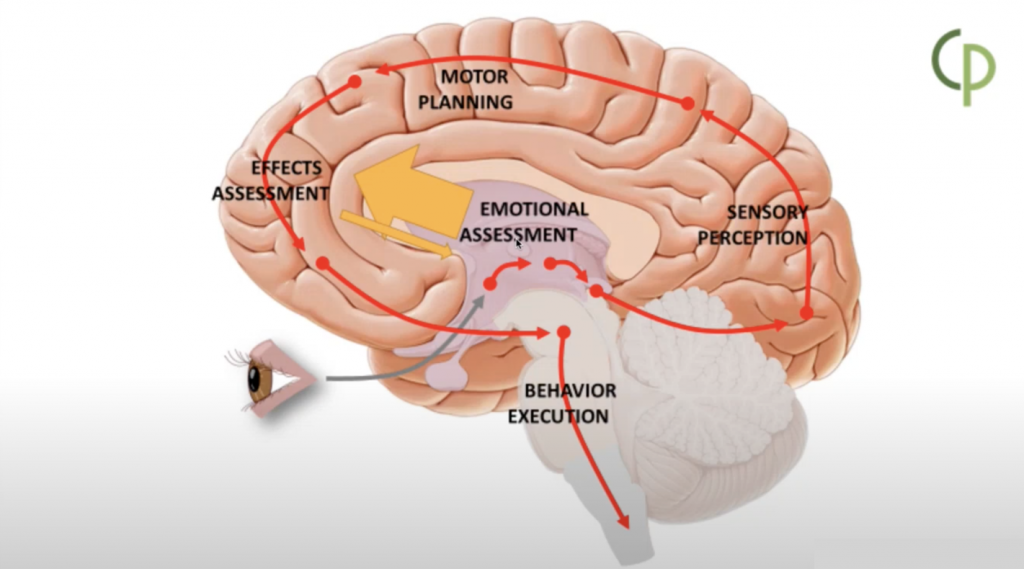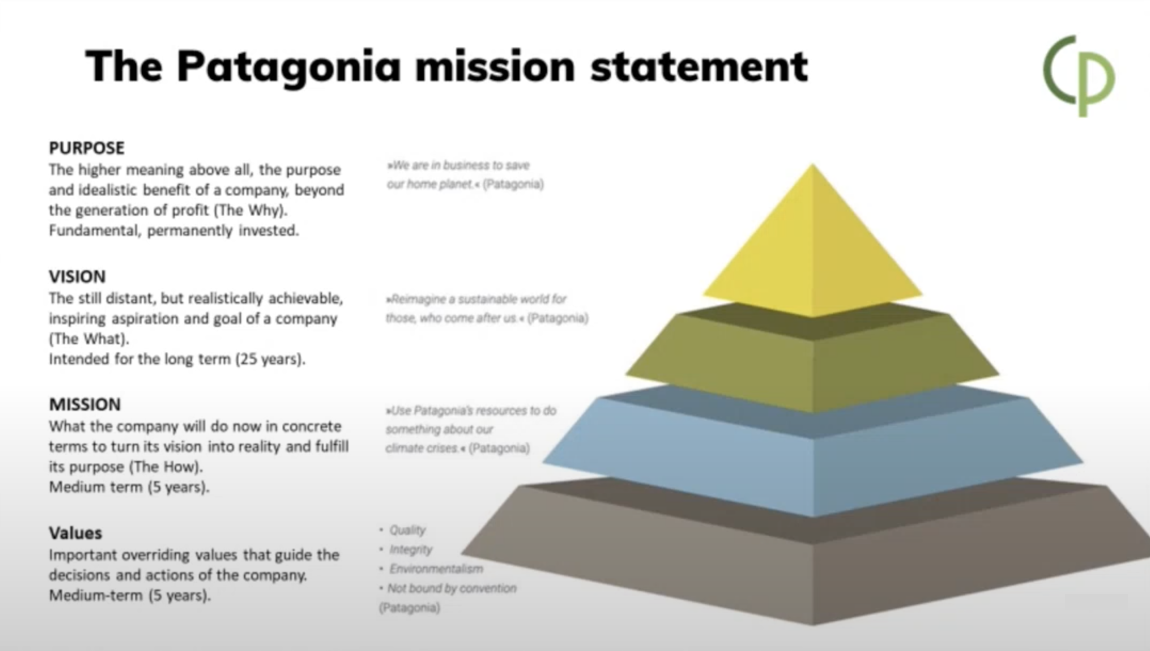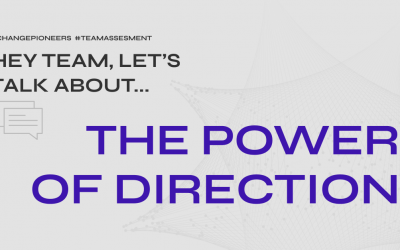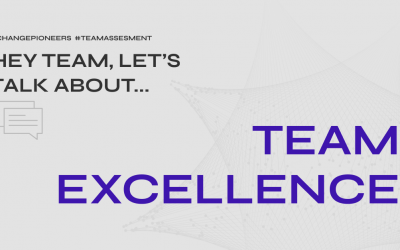A mission statement is commonly used by companies to convey their purpose, values and main principles. It serves as a cornerstone of any communication strategy and, ideally, should also be used as a fundament of the company’s culture, motivating both management and employees and providing a sense of purpose for their work. Simply put: a mission statement is something that drives a company forward, a reminder a company leans on in times of doubt and a foundation of every decision.
The more important question is: what does all of it have to do with neuroscience? Why do companies need to understand the inner workings of the brain to craft an appealing mission statement?
Compare these two examples:
EXAMPLE 1: “We put the customer at the center of our experience and inspire them again and again with our unique assortment of products” (a retail brand mission statement)
EXAMPLE 2: “We are in business to save our home planet. We put our resources to do something about the climate crisis” (Patagonia mission statement)
Which of those statements appeals to you more? Which one leaves a stronger emotional response? Would you feel more connected to the former or the latter?
It’s quite clear that the second statement – the one from Patagonia – leaves a bigger emotional mark. It creates a sense of connection behind a bigger purpose, bringing people together to tackle a common goal. In other words: it tickles the emotional side of our brains.
We, humans, are emotional creatures greatly steered by the “primitive” part of our brain: the brainstem and the so-called limbic system. The limbic system is the part of the brain involved in our emotional responses. This is a part of the brain that kicks in first and processes information at an incredibly fast rate. This information is then pushed to the prefrontal cortex: a bigger, but also slower part of our brain, that got developed much later in the evolutionary timeline. The cortex is responsible, among other things, for rational thinking and decision-making. So what happens once the brain receives new data and needs to make a decision based on that new information? Take a look at the visual below:

The information gets quickly assessed by the limbic system. An emotion arises – often at a subconscious level. This emotion is transferred to the cortex, where through the series of complex processes it gets rationalised. After that a conscious decision is made and a certain behaviour happens (or not).
This shows that our behaviours are controlled by our emotions – not the other way around. Emotion comes first, action follows. A mission statement that speaks only to the rational part of the brain will therefore not lead to a strong behavioural outcome. However, if you manage to appeal to the limbic system and hit the emotional string you can be sure that a certain behaviour will arise – or at the very least people tend to associate more with a certain mission or see more sense. This is where the magic happens.
Would you like to learn more? Take a look at this video, where we go deeper into the inner workings of the brain and how you can harness the power of the limbic system to create mission statements that become powerful drivers moving your company or team forward.



